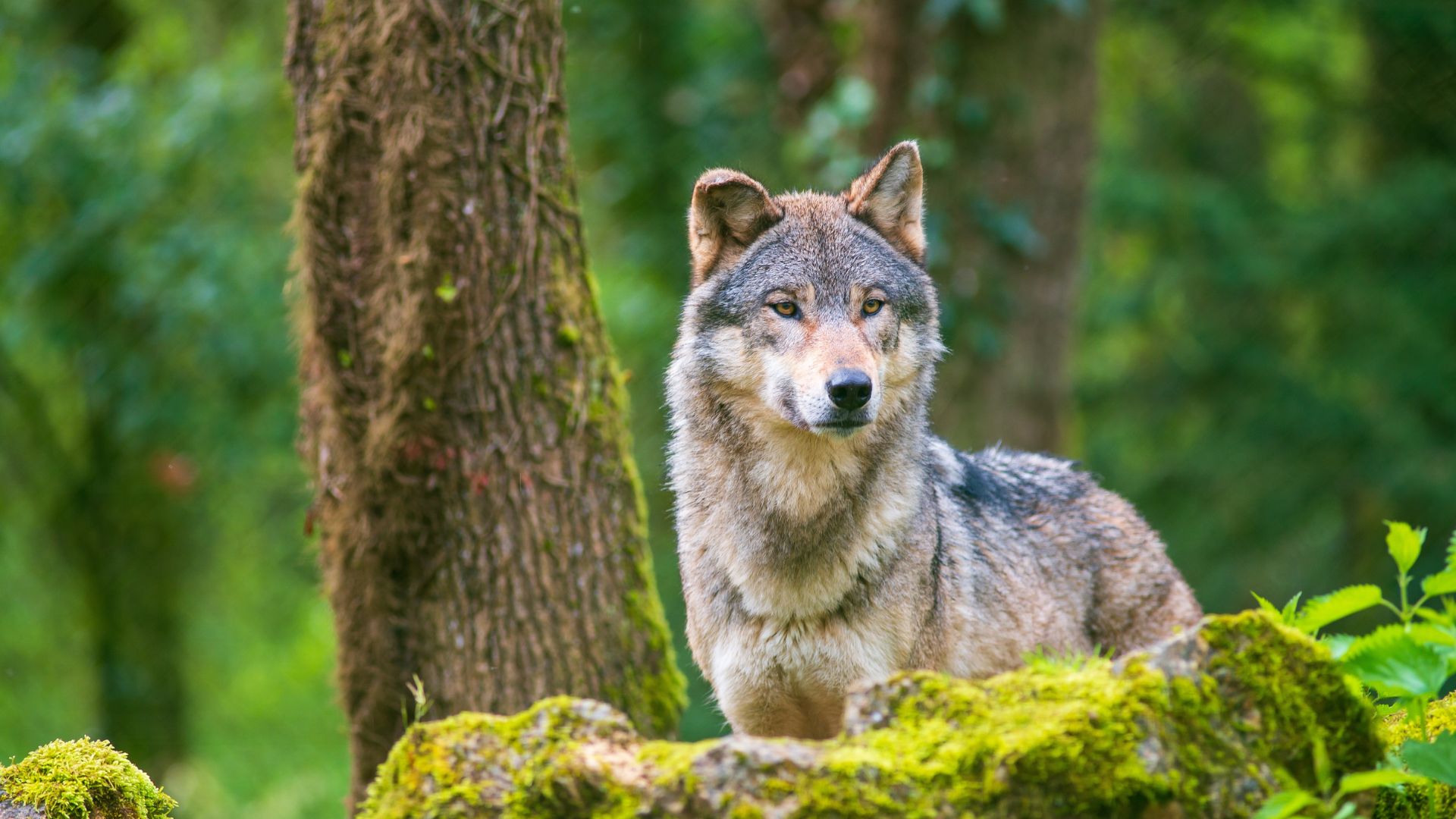Wolves are making a big comeback across the United States! Once nearly wiped out, these amazing animals are now thriving in many areas again.
From the rare red wolves in North Carolina to the powerful gray wolves of the Rocky Mountains and Alaska, these wild canines are finding their way back into the wilderness.
If you love wolves as much as I do, let’s explore where they’re living now and how they’ve made such an incredible return in 2024.
1. North Carolina: Home to the Rare Red Wolf
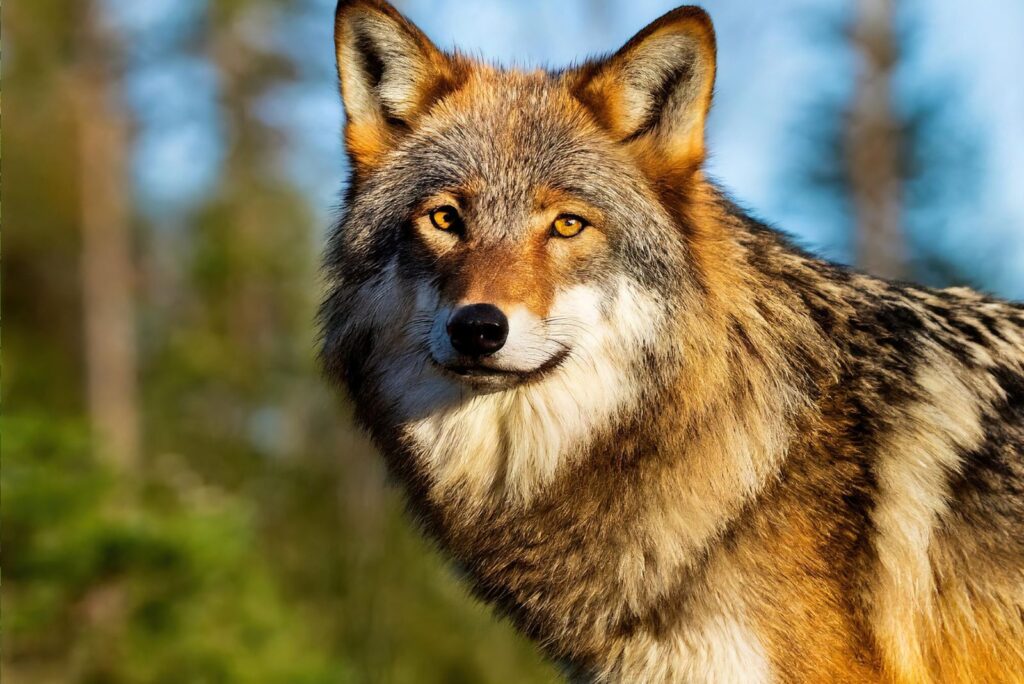
North Carolina is the only place where you can still spot red wolves in the wild. With just around 18 of them left in 2024, these wolves are extremely rare and need all the protection they can get.
They used to roam freely across the southeastern U.S., but now they’re only found in North Carolina’s coastal plains. Here, they live in special wildlife refuges, where dedicated teams work hard to help them survive.
The red wolf’s journey has been tough, but it’s a story of hope as they keep pushing for a chance to thrive once again.
2. New Mexico: The Land of the Mexican Gray Wolf
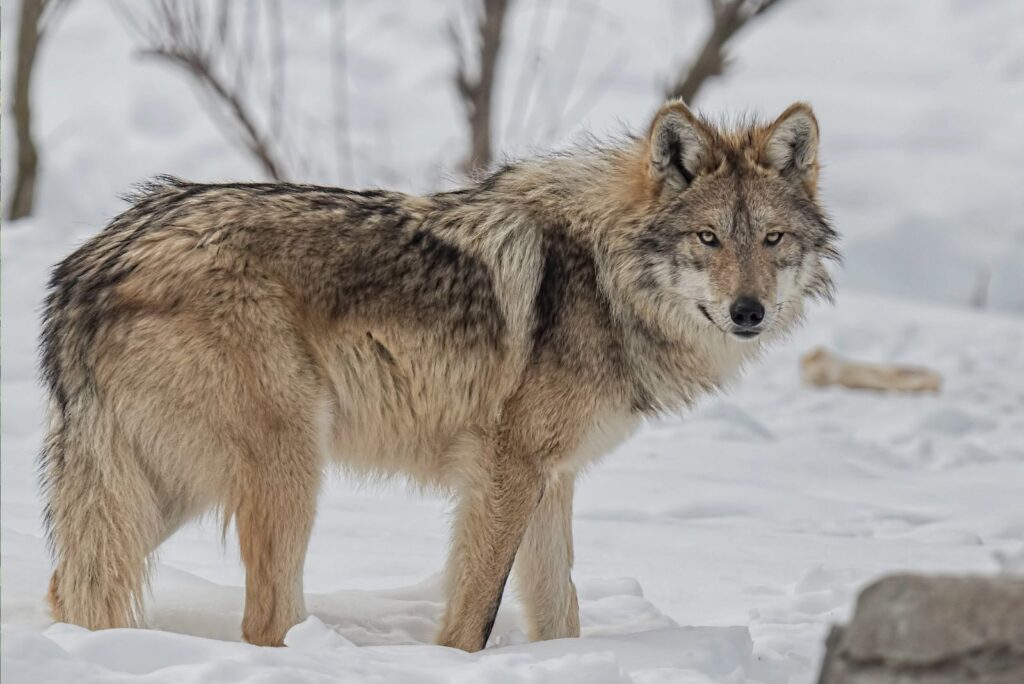
New Mexico is home to the Mexican gray wolf, often called the “Lobo.” These wolves may be the smallest subspecies of the gray wolf, but their spirit is anything but small!
In 2024, their numbers have climbed to about 144 – a huge win for those who have been fighting to save them.
They roam the rugged Gila National Forest, hunting deer and elk, and their return shows just how healthy New Mexico’s wild lands are becoming again.
3. Wyoming: Where Gray Wolves Roam Wild and Free
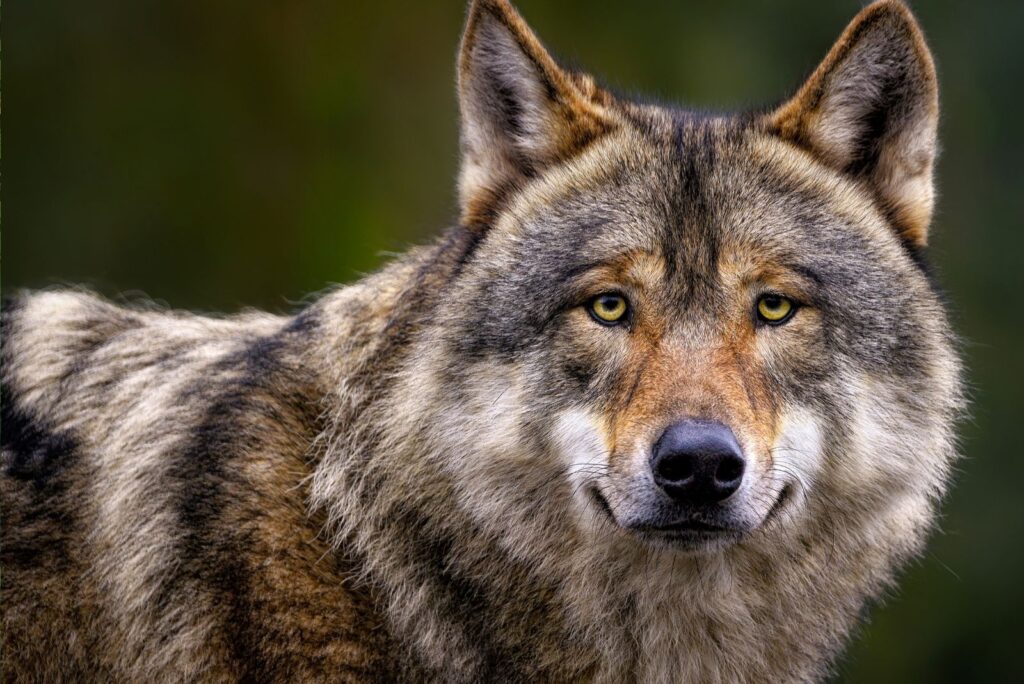
In Wyoming, gray wolves have made a big comeback, especially in Yellowstone National Park. About 338 wolves roam the state in 2024, thriving in the mountains and open plains.
Wolves were brought back to Yellowstone in the 1990s, and since then, they’ve brought balance back to the park by keeping deer and elk numbers in check. Today, they are a living symbol of the wild, untamed heart of Wyoming’s landscapes.
4. Idaho: A Safe Haven for Gray Wolves
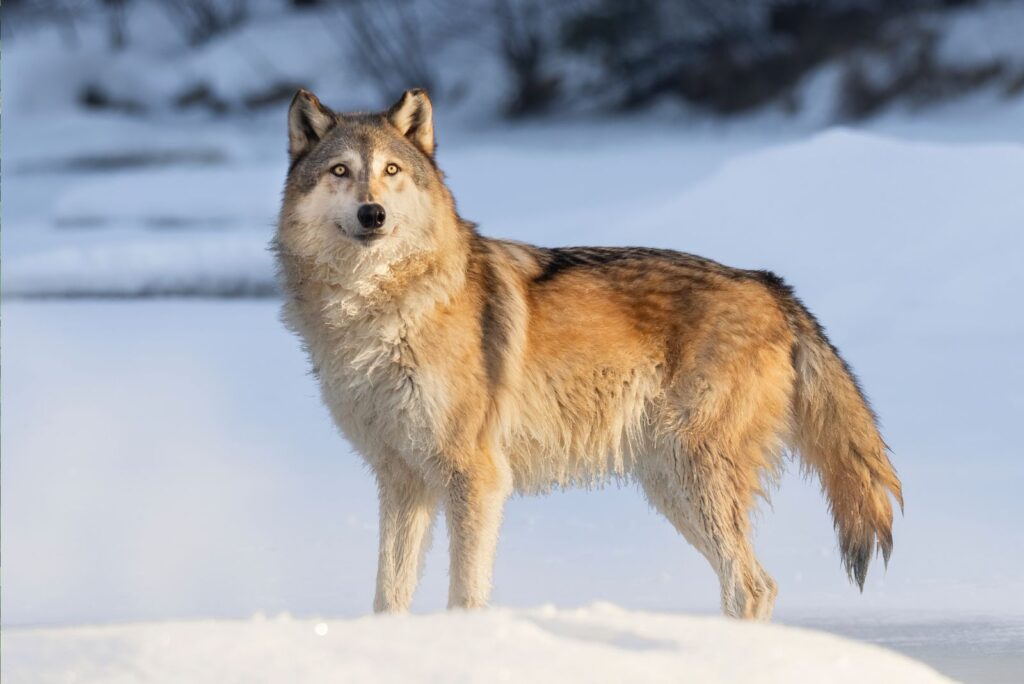
Idaho has become a real stronghold for gray wolves, with about 1,337 of them calling the state home in 2024. These wolves are known for traveling long distances, wandering through deep forests and rugged mountain terrain.
Their population has bounced back so well that Idaho now uses controlled hunting to help manage their numbers. It’s all about finding a middle ground – keeping wolves thriving while also addressing local concerns about livestock and safety.
5. Michigan: Wolves of the Upper Peninsula
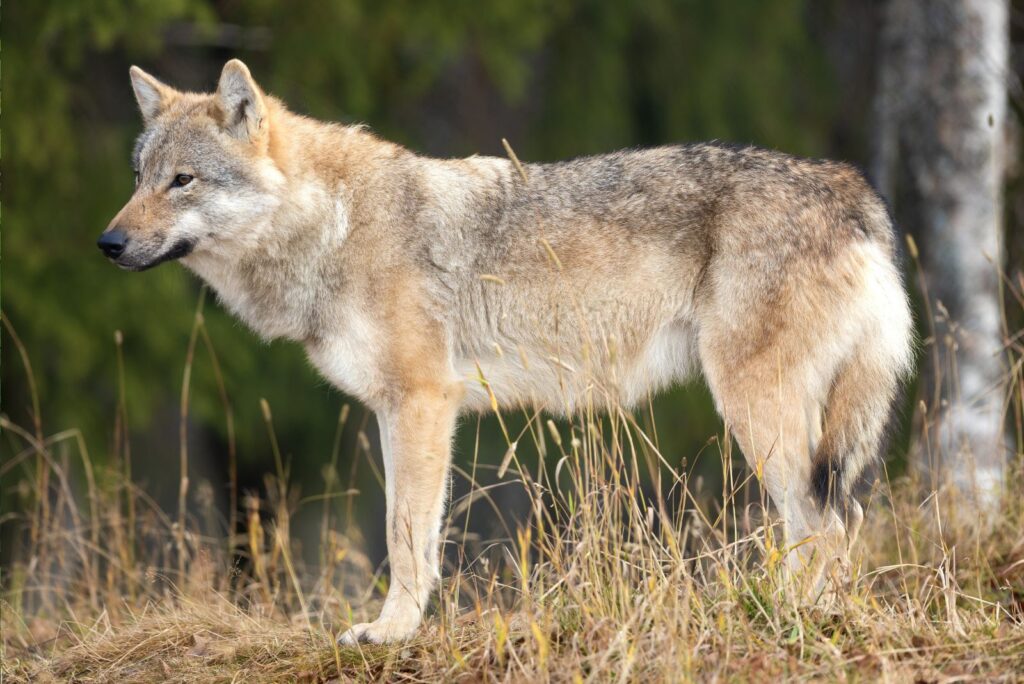
In Michigan’s Upper Peninsula, gray wolves are making a strong comeback. As of 2024, there are about 631 wolves roaming the dense forests of this wild region. They prefer remote areas where they can hunt deer and help keep the ecosystem balanced.
Protected by law, these wolves are proof that conservation efforts can really work. They’ve gone from nearly disappearing to becoming a key part of Michigan’s wildlife once again.
6. Montana: The Land of the Mountain Wolves
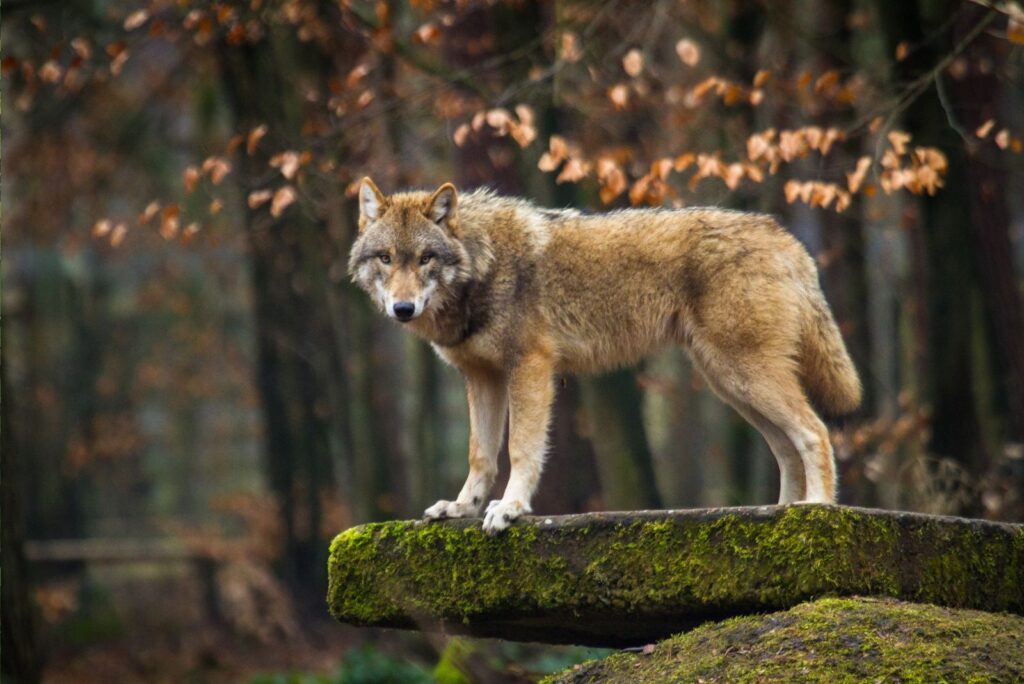
Montana’s wild landscapes are a haven for gray wolves, with about 1,087 of them roaming the state in 2024. They live in the state’s deep forests and national parks, hunting elk and deer.
Montana’s approach combines conservation with controlled hunting to keep the wolf population stable.
Fun Fact: Wolves in Montana are more than just animals, they’re a symbol of the untamed spirit of the Rocky Mountains, embodying the wild and rugged character of this iconic landscape!
7. Oregon: Wolves on the Move
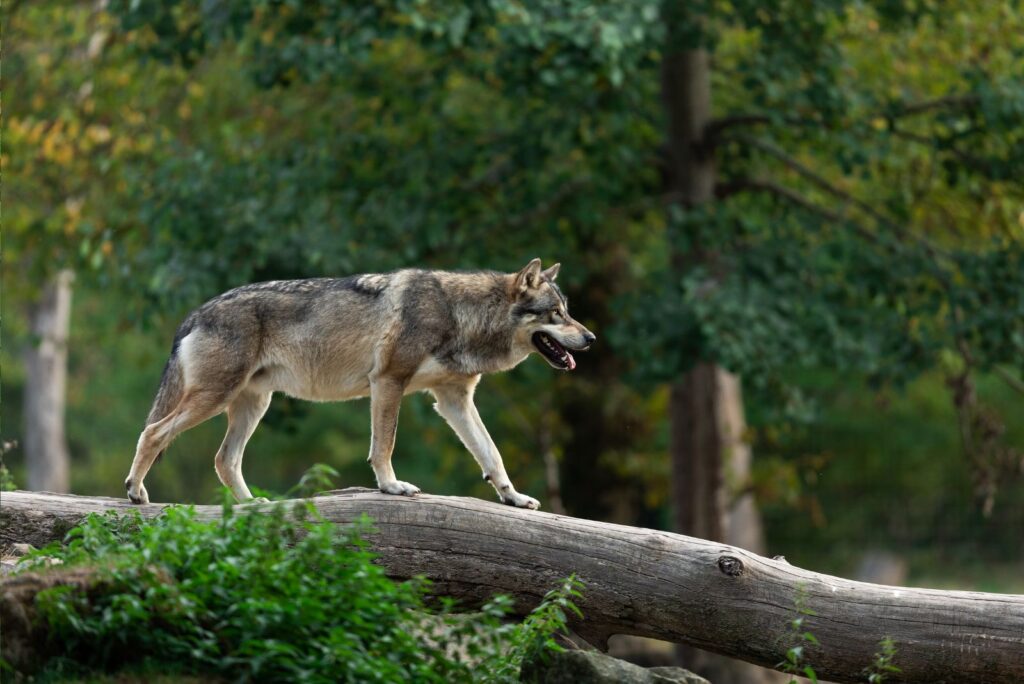
Oregon’s wolf population is growing steadily, with around 178 wolves spotted in 2024. Most of them live in the eastern part of the state, exploring forests and high desert areas.
Wolves naturally made their way back to Oregon from Idaho, bringing new life to the local ecosystem. The state keeps a close watch on their numbers, helping the wolves grow while making sure they don’t cause problems for farmers.
8. Washington: Wolves in the Evergreen Forests
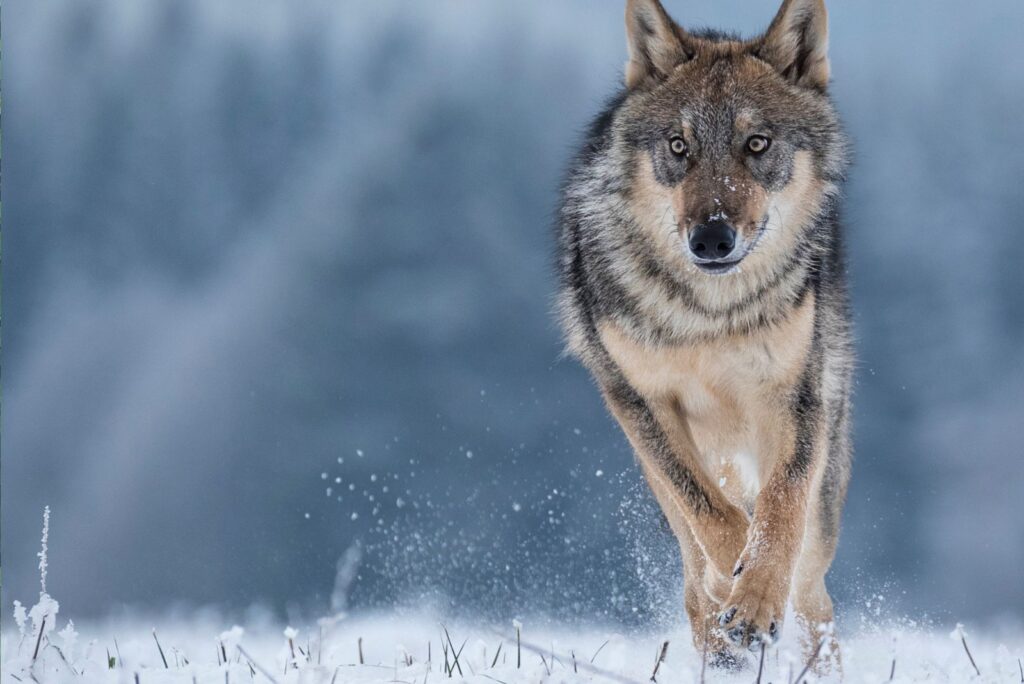
In Washington, about 216 gray wolves roam the state’s dense forests and mountain ranges as of 2024.
Most of them stick to the northeastern part of the state, but they’re starting to slowly explore new areas – proving they’re not afraid of a little adventure!
Washington’s Wolf Conservation Plan is all about finding a balance, helping the wolf population grow while easing worries from local farmers and residents.
It’s like a big puzzle, trying to figure out how wolves and people can share the same space without stepping on each other’s toes.
9. Minnesota: The Heart of Wolf Country
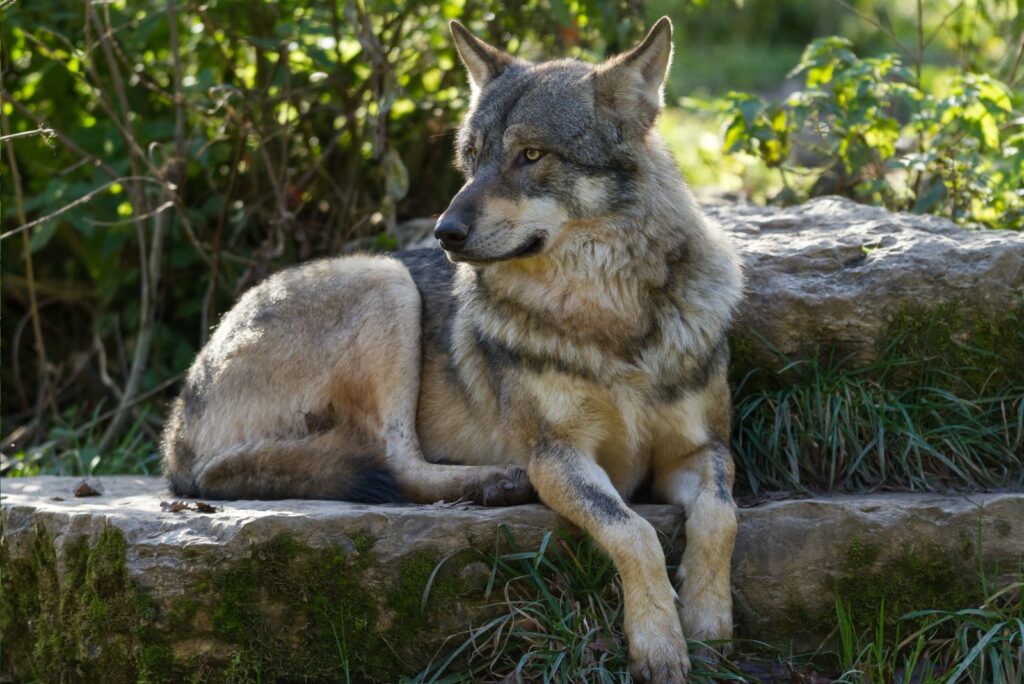
Minnesota proudly boasts the largest gray wolf population in the lower 48 states, with about 2,696 wolves roaming the wild as of 2024. These wolves thrive in the northern forests, where they have plenty of room to roam and lots of prey to hunt.
It’s amazing to think that not long ago, they were nearly wiped out, but thanks to strong protections, they’ve made an incredible comeback.
Now, they’re thriving again and playing a key role in keeping the deer population under control – helping the whole forest stay balanced and healthy. It’s a real win for wildlife conservation, and it’s great to see the wolves back where they belong.
10. Alaska: The Wildest Wolves of All
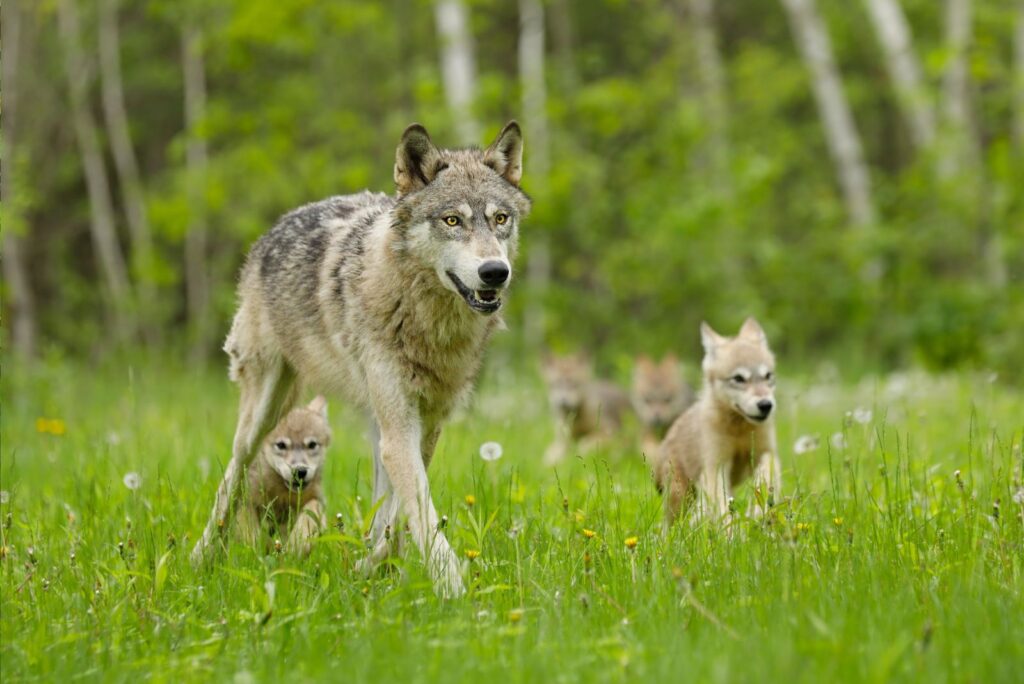
Alaska is a paradise for wolves, with between 7,000 and 11,000 gray wolves roaming its vast wilderness. These wolves cover huge distances, from the icy tundra to thick forests, hunting big game like moose and caribou.
In Alaska, local hunting rules help keep the wolf population in balance with the environment. Wolves here aren’t just animals – they’re the true wild spirit of Alaska, roaming free just like they have for hundreds of years.

